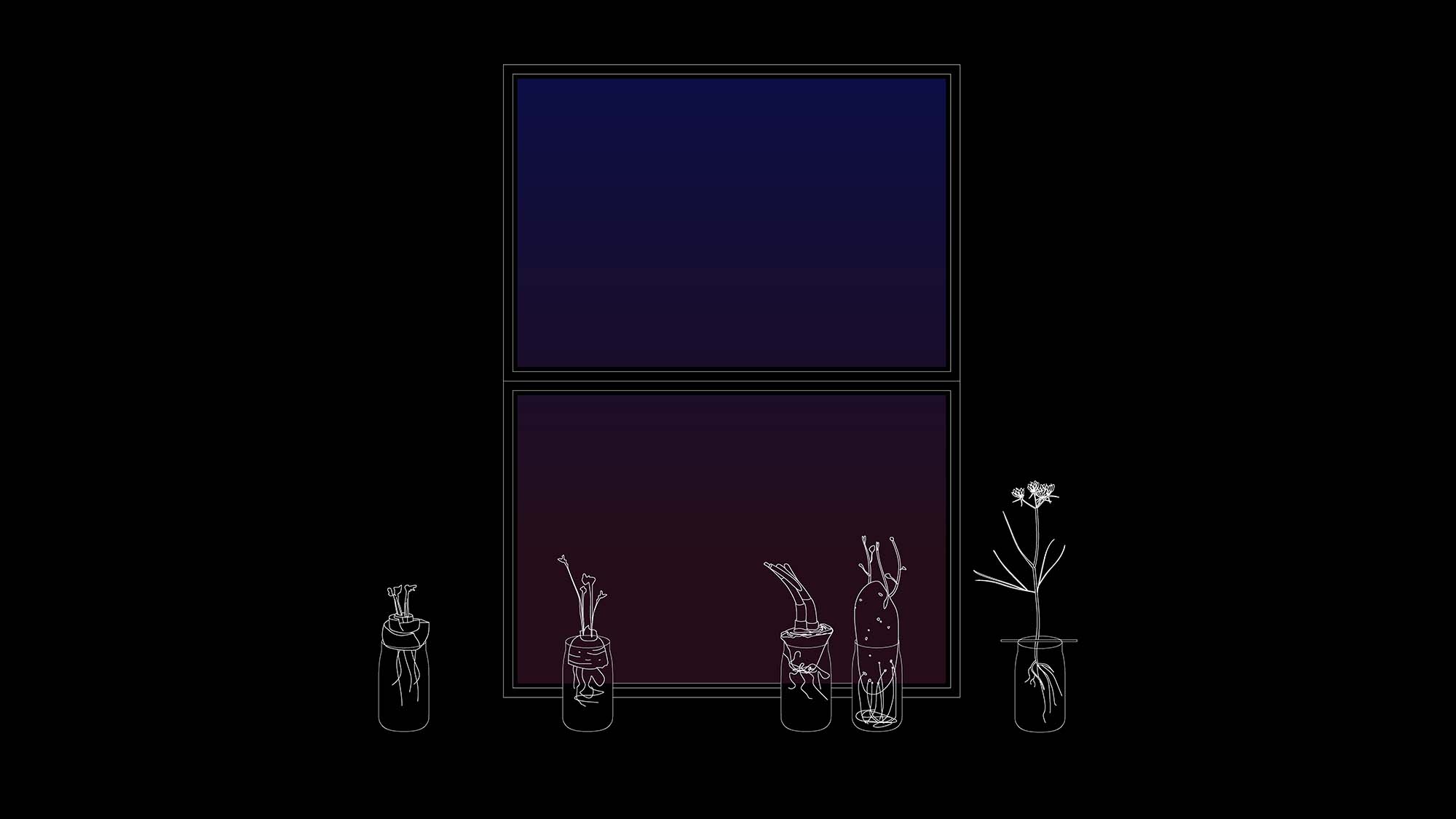
Abandoning Authenticity: A Closer Look at Cumin
Advanced Studio "Restorative Practice," Critics: Alan Ricks, Cailtin Taylor
Fall 2021
“Is it authentic?” is one of the most common questions asked of food. While many dishes of similar cuisines contain similar raw ingredients, it is often the spices that give a cuisine its distinct local, and perhaps “authentic,” taste. Cumin, in particular, embodies this debate. In Mexican cuisine, you might find coriander, where in New Mexican and so-called “Tex-Mex” cuisine, you would find cumin instead. Why this is the case—or why it might even be interesting—has to do with the history of cumin through time. This project uses animations to look at cumin across different time scales.
At a time scale of 500 years, we can track the origin of cumin in Mesopotamia, and its gradual worldwide spread—leaving almost a fingerprint of the colonial history of globalization in the cuisines that it touched. This leaves us with a map of the "cumin-consuming world,"" so to speak, and we can begin to understand the use of cumin in New Mexico as having its roots in the Arab Conquest of Spain almost 2000 years ago. Today, it’s mostly grown in India, which produces 70% of the world’s spices.
Shifting down to the scale of a week, we see how cumin is grown, from a seed all the way to a flowering plant, which in turn generates the seeds to plant again. Altogether, this takes about four months.
And shifting further to the scale of just a second, we can imagine the simultaneous processes in the life of cumin—from its metabolism in the body after consumption, to its industrial packaging that in turn keeps cumin on shelves for many years...sending us back to where we started.
In his book The Third Plate, chef Dan Barber asks us to consider how we may begin building a cuisine. I have suggested that cumin is something that can be foundational for a cuisine, as can be seen in its global reach. However, cumin is not something we typically think of as growable. In other words, we have only thought of cumin on the scale of one second: cumin in its bottled form and in our stomachs. As an answer to Barber's question, I want to suggest that by rethinking what is growable—and including cumin on that list—we could create new cuisines just as individuals, from our windowsills. By abndoning altogether the need for an "authentic" cuisine, what we grow from waste may be constitutive of a cuisine.